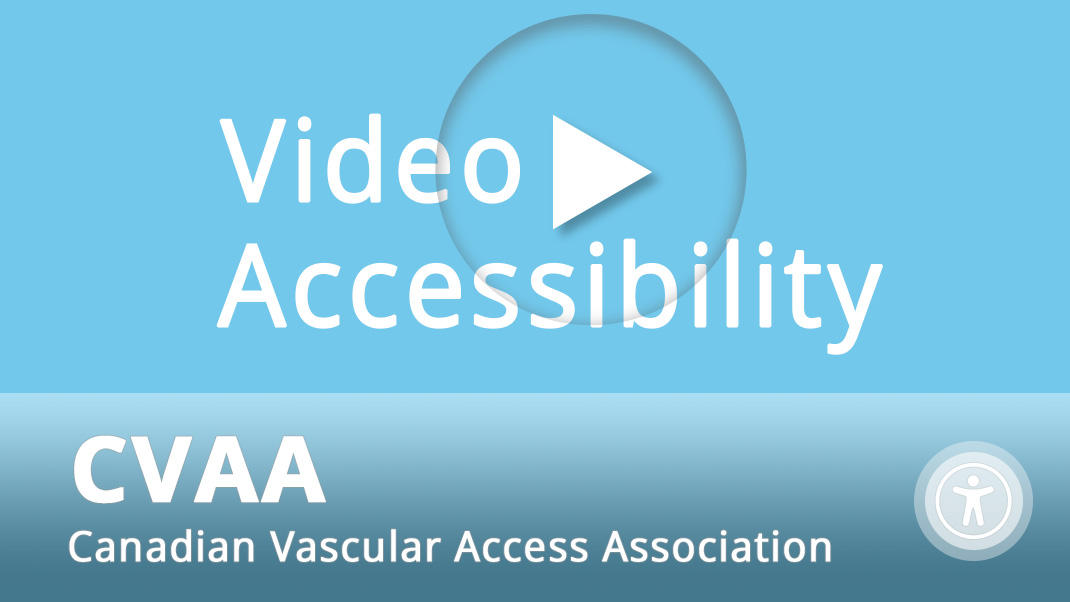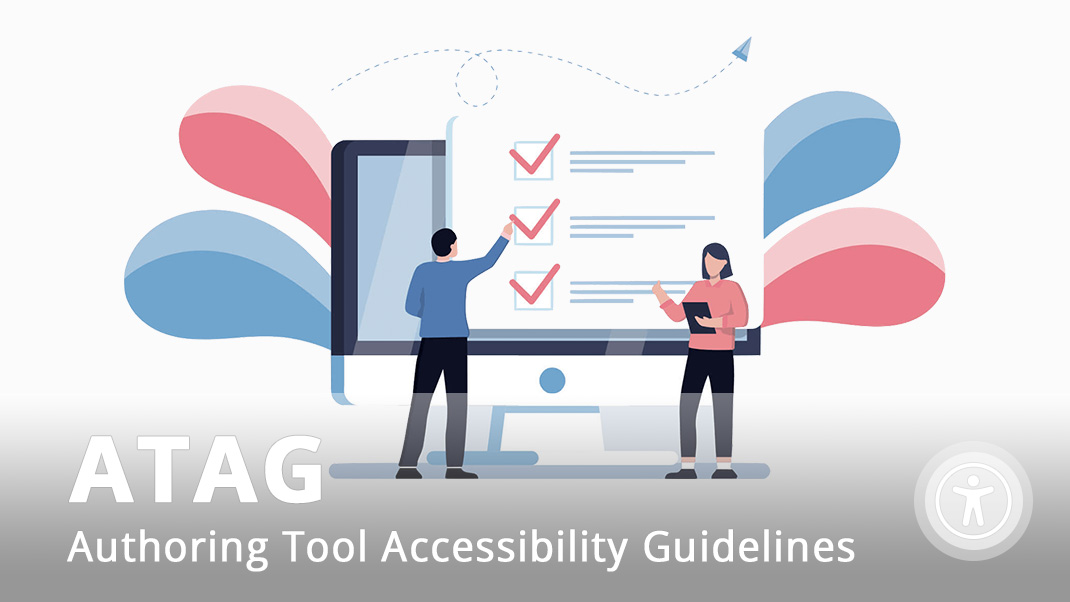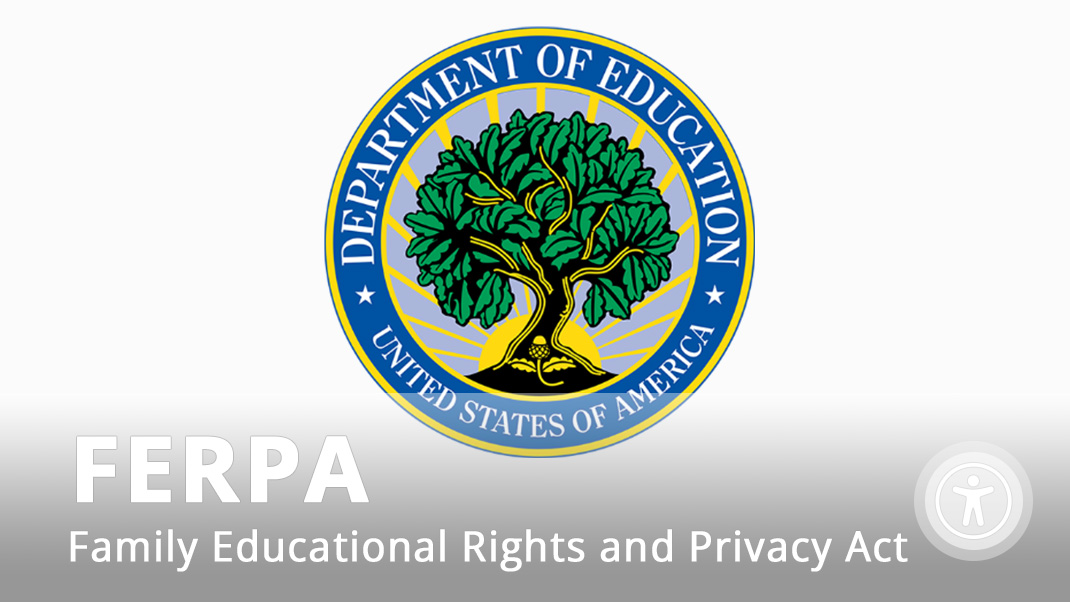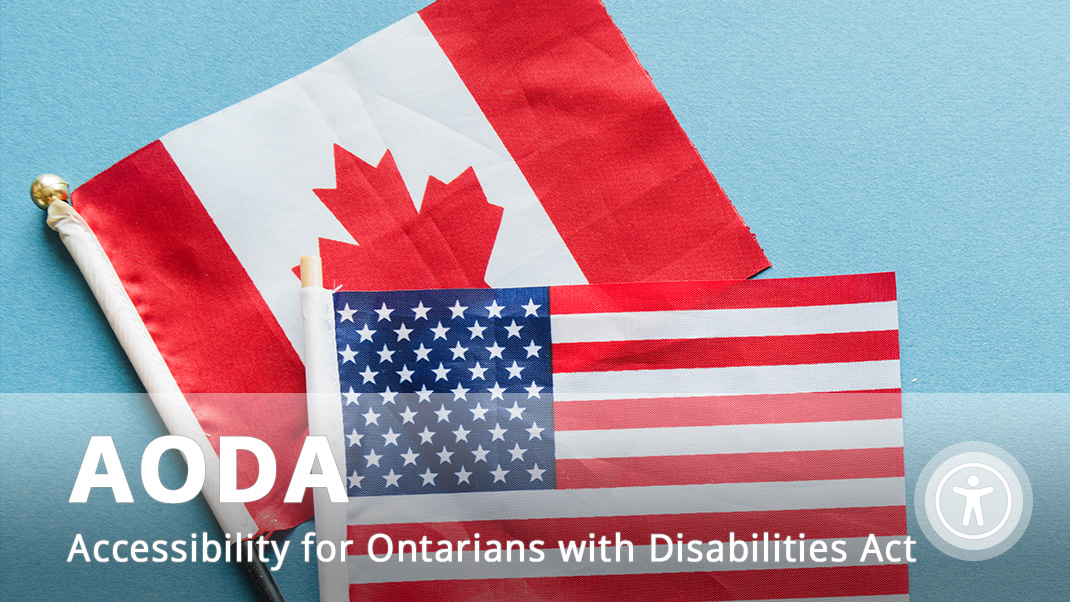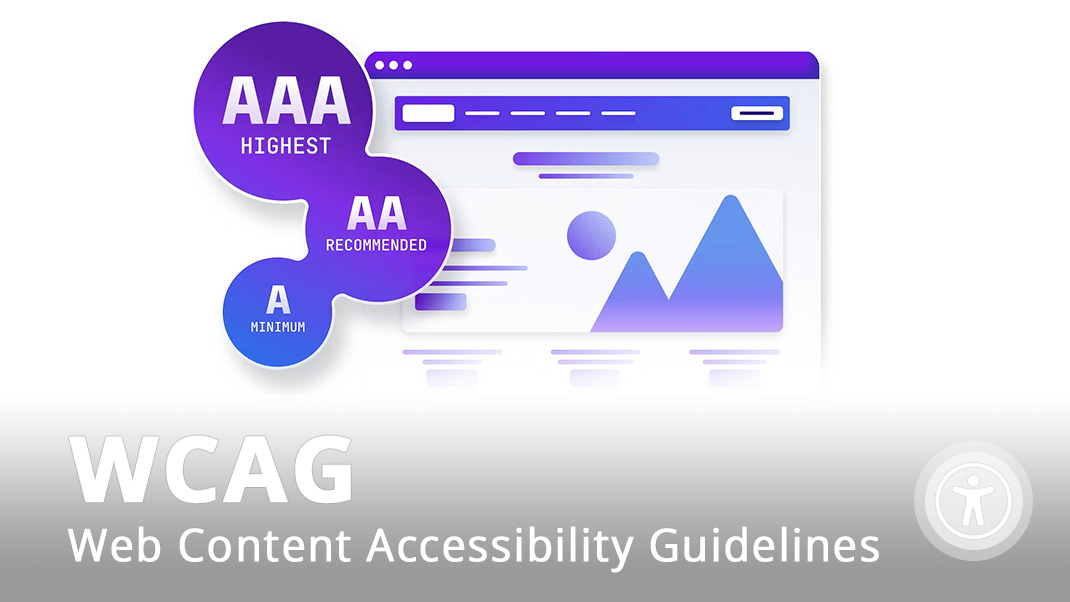The information presented within this guide is aimed at website owners seeking to learn the ropes of web accessibility. Technical elements are described in layman’s terms, and, as a rule, all topics pertaining to the legalities of web accessibility are presented in as simplified a manner as possible. This guide has no legal bearing, and cannot be relied on in the case of litigation.
1.3 billion people have a disability. However, only 3% of websites are designed and configured in a way that provides people with disabilities with full, equal access.
Website owners can help remedy this injustice by ensuring their websites comply with the Americans with Disabilities Act (ADA).
Having an ADA-compliant website proves to your existing and potential customers that you are an equitable, inclusive business and that you welcome everyone to enjoy your products and services.
Even though it may involve tweaking and updating a few design and technical elements, ensuring your website is ADA-compliant is a fairly straightforward process. To help you with that, we've created a checklist of action items you will need to address so that your website achieves ADA compliance.
It is important to note that while the checklist is a useful resource, it is only a quick summary of the necessary requirements and not a complete list.
Understanding the basics of ADA website compliance
The Americans with Disabilities Act (ADA) is the most important piece of American legislation regarding accessibility and civil rights for people with disabilities. The ADA prohibits discrimination based on disability in many different aspects of daily life, and in recent years, a clear consensus has emerged that it applies to the online domain, as well.
Today, U.S. courts apply ADA accessibility requirements to websites, and, therefore, websites need to comply with the ADA.
ADA Title III and web accessibility
ADA Title III covers public areas, like schooling and transportation, and “public accommodations.” Businesses that fall under that category must guarantee they are accessible to the disability community.
In 2018, the Department of Justice (DOJ) clarified that websites are considered places of public accommodation and must comply with ADA Title III. Effectively, as all businesses fall under the category of “public accommodations,” the DOJ’s clarification applies to almost all businesses.
ADA Title III doesn’t specify what you need to do to make your website accessible. However, U.S. courts typically point to the Web Content Accessibility Guidelines (WCAG) 2.0 as the standard websites should adhere to, in cases involving ADA violations. Created by the World Wide Web Consortium (W3C), WCAG is considered by many to be the most important set of guidelines impacting global web accessibility policy.
WCAG 2.1, an updated version of these guidelines, was released in 2018. This is currently the optimal benchmark for web accessibility when it comes to federal law. The first draft of the next version of these guidelines, WCAG 2.2, was initially released in February of 2020 and is scheduled to be officially published in April, 2023.
Both WCAG 2.0 and 2.1 have three levels you can conform to: Level A, Level AA, and Level AAA. Here’s a brief explanation of the differences between them:
- Level A is the minimum level of conformance and covers the most basic accessibility requirements
- Level AA expands on the requirements of Level A and includes additional guidelines for improved accessibility
- Level AAA is the highest level of conformance and includes the most stringent accessibility requirements. It's not mandatory for websites to conform to Level AAA, but organizations may choose to do so to provide an optimal accessibility experience for their website visitors
The importance of ADA website compliance
It’s never been easier to buy groceries, do your accounting, or book a haircut online. However, simple online tasks like these still aren’t accessible to everyone. There is still a lot of work to be done so that all websites are accessible to people with disabilities.
If you are a business owner and your website isn’t accessible, a huge group is denied access to your products or services. The disability community is estimated at 1.3 billion. That’s a market roughly the size of China.
It’s important to note that ensuring your website is ADA-compliant decreases your risk of facing legal action, such as receiving ADA website compliance demand letters and facing potential lawsuits.
Is ADA compliance mandatory for every website?
ADA Title III applies to public areas and "public accommodations," a legal phrase that includes businesses with 15 or more employees, restaurants, hotels, healthcare offices, retail stores, libraries, parks, and almost every place of work.
Today, U.S. courts apply ADA accessibility requirements to the online domain, as well as to businesses’ physical locations and policies. This means that the websites of these “public accommodations” should also comply with ADA rules.
But what about other websites?
Given that almost all places of business provide services and accommodations to the public, presenting a website that is ADA-compliant is relevant to any kind of business.

